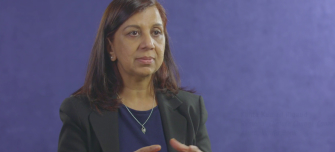ESA and its GDA AID Clean Energy activity participated in the Copernicus Thematic Workshop on Energy organised by the European Commission in Brussels on 17 March 2023. The project team presented aspects of Earth Observation (EO) for renewable energy production and related indicator monitoring. In particular, the role of reanalysis data and global services was highlighted, through specific thematic application examples and related weather prediction cases for wind and tidal currents.

Satellite Earth Observation and in particular the European Copernicus programme can play a crucial role for the efforts towards achieving sustainable energy by providing valuable data and insights for planning, implementing, and monitoring energy projects. Satellites can capture detailed information on parameters related to solar, wind, marine and other renewable energy resources, enabling accurate mapping of potential energy sources. This information can help identify the best locations for renewable energy projects, optimising energy generation and reducing costs. Existing energy infrastructure can also be monitored from space, helping to detect and respond to various meteorological or other situations before these cause significant disruptions. This can increase the efficiency and longevity of renewable energy systems, minimising environmental impacts.
Additionally to direct and near-real-time observations, Copernicus provides comprehensive long-term inputs to study climate patterns and changes, enabling more accurate climate modelling and forecasting. This information can help energy planners and policymakers develop more effective strategies for adapting to climate change and transitioning to renewable energy sources.
In other presentations and panel sessions, the event offered a good opportunity to discuss further subjects, such as the role of Copernicus Services, the state and outlook of the European EO service market, and the role of government regulators.















